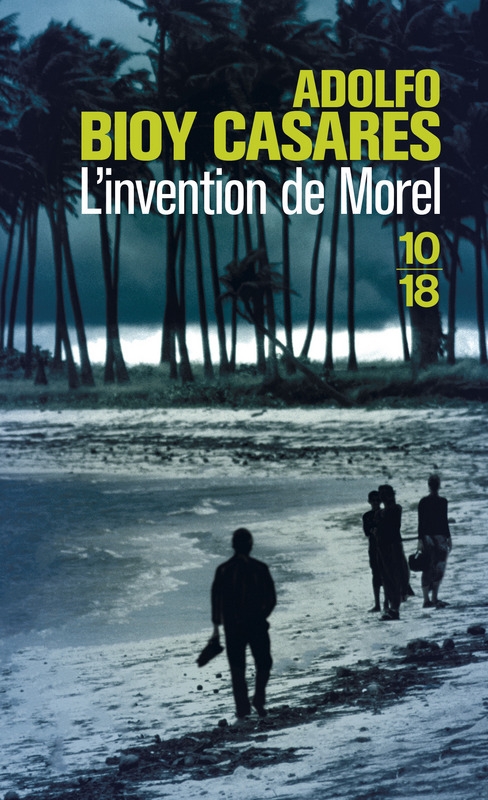
Even when he figures out that they are not aware of his presence, he continues hiding out in the marshes. He is an escaped convict, nervous that these newcomers will turn him in to the authorities. What we know now (well, we’ll know it in a few pages) is that our narrator is hiding out on a mysterious island. It’s a very different paragraph after having read the book. But here I am, without provisions, trapped in the smallest, least habitable part of the island - the marshes that the sea floods once each week.Īstonishingly, this first paragraph is packed with plot elements. Those people did not come here on my account I believe they did not even see me. And, what is worse, I realize that there was no need to run away at all. Now I am in the lowlands at the southern part of the island, where the aquatic plants grow, where mosquitoes torment me, where I find myself waist-deep in dirty streams of sea water. Afraid to go back to the museum to get my things, I ran away down through the ravine. As day was breaking, I awoke to the sound of a phonograph record. The heat was so intense that after I had been out of the pool for only two or three minutes I was already bathed in perspiration again. I moved my bed out by the swimming pool, but then, because it was impossible to sleep, I stayed in the water for a long time. Today, on this island, a miracle happened: summer came ahead of time. On a first read, it sounds like Bioy Casares is simply establishing the setting: I think the best place to start, then, is the first paragraph. In what I have written below I have tried hard not to spoil this book for anyone.

In fact, I don’t really want to say much of anything about the book - it’s worth exploring with little to no foreknowledge. Louise Brooks apparently inspired this novel, but it’s a spoiler to say how. The cover image that NYRB Classics chose to place on this book is a 1927 publicity still of film star Louise Brooks.

At a mere 103 pages, each densely packed and adroitly controlled, it was definitely a pleasant holiday read. As fate would have it, I had purchased The Invention of Morel only a few weeks earlier and had it packed with me while on holiday. Though I couldn’t say there’s any thematic similarities, similar elements abound: an island with only a few developed structures, an unnamed man and named woman, loneliness, and the tides - spring tides, to be exact.

A few weeks ago when I reviewed Spring Tides (my review here), the ever-perceptive John Self asked whether I had also read The Invention of Morel.


 0 kommentar(er)
0 kommentar(er)
